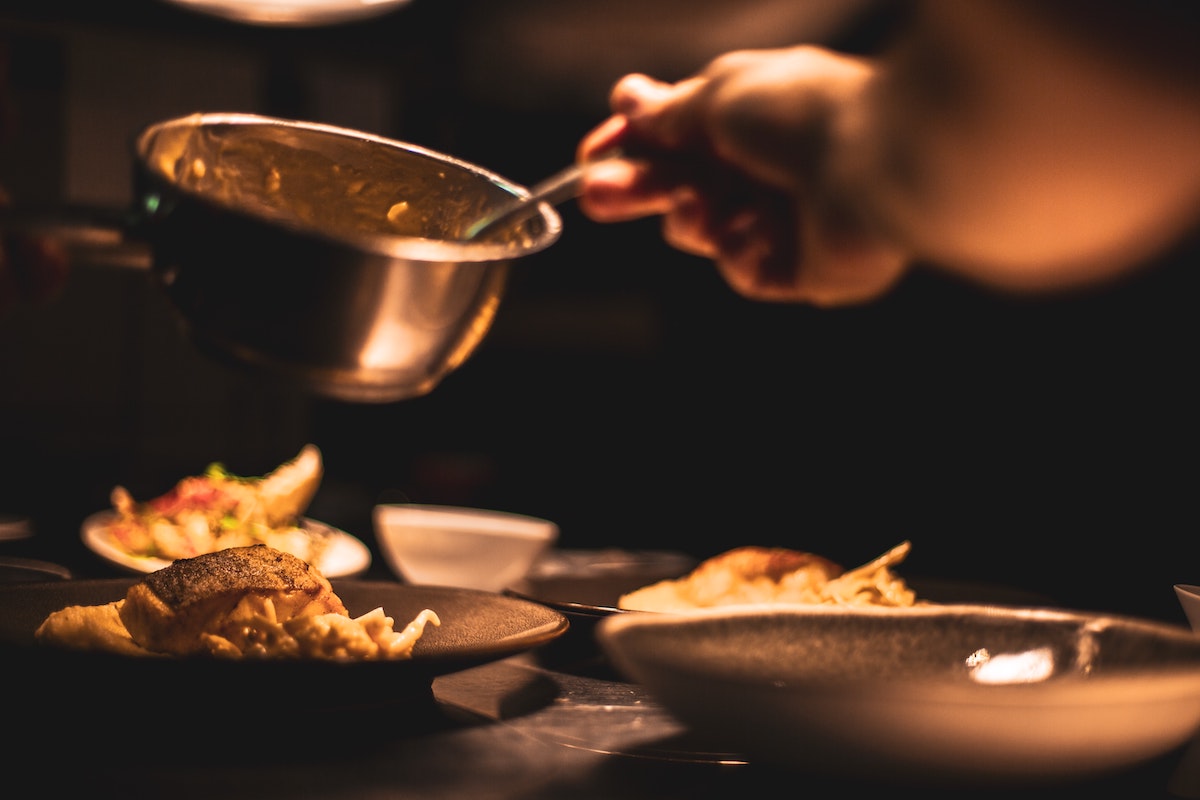
Copper versus Stainless Steel: What You Should Know About Cookware

Whether you’re a seasoned home chef or just starting out, knowing the right cooking vessel for the job is half the battle when it comes to creating a flavorful meal. The cookware industry has a lot of materials out there – carbon steel, stainless steel and copper, to name a few.
But when it comes to cooking on these heavy metals, how is cooking on copper different than stainless steel? How does it impact a meal?
We got the scoop on the different types of metal cookware so you know exactly which one is right for you.

Copper Cookware
A serious investment, copper cookware is made either for the serious home cook or someone who is serious about home décor and styling the kitchen.
Copper pots and pans are one of those cookware types that is to be reveled in. Copper was one of the first metals to be handled and as the need for cookware evolved, copper was used to head the call - from a staple of Colonial America to one of the most lauded types of cookware in modern French cuisine.
When cooking with metals, heat conductivity is the main draw. With copper, the cookware heats quickly and evenly and avoid hotspots that generally causes food to stick. However, retention is the issue. Copper loses heat just as quickly as it gains it, making it better suited to cook more delicate proteins, as well as savory sauces. It is also perfect for melting chocolate and caramel.
Additionally, cooking in copper isn’t appropriate for every meal. Acidic foods can react to the metal and leach copper into the food. However, to combat that issue, some brands line their copper cookware – most likely with stainless steel. But a stainless steel lining, while it helps with heat retention, will lose the non-stick properties of copper – these products will need to be prepped with some sort of oil, fat or cooking spray to avoid sticking.
Thickness and manufacturing style also need to be taken into consideration when looking to purchase a copper pot or pan. Cookware companies develop copper pans at a range of 1.5mm to 2.5mm, which is optimal for both heat retention and cooling, as well as durability. Also a plus? Most copper cookware can be used on gas, electric, halogen stovetops, and in the oven. When shopping for copper cookware, those that have a rolled edge are to be avoided if wanting to use the cookware for more than just a display on the stove. If the copper is nimble and thin enough to be rolled, it will not be as durable as other thicknesses.
Copper cookware, too, usually requires a bit more care than other types of cookware. Handwashing is usually required, and empty pans need to be watched carefully on a cooking surface – getting the pans too hot may warp them behind repair.

Stainless Steel
Stainless steel cookware is the workhorse of the kitchen, both residentially and commercially. The metal cookware has a plethora of benefits when it comes to cooking, including even heating and heat retention as well as temperature control. Stainless steel, too, can be used on all heating surfaces and can go seamlessly from the stove to the oven. It can also be used for basically every cooking technique needed to create a meal – from sautéing and browning to searing. They are also non-reactive, meaning you can cook just about anything in your stainless steel pan.
One of the downsides of cooking with stainless steel is the possibility of food sticking. Foods will stick to your pan if they get pinched by contracting pores, as the metal is slightly porous. To combat this, coat the pan with fat or cooking oil and ensure the cookware is correctly pre-heated before beginning to cook on the surface. Additionally, before flipping, check to ensure the food will release naturally from the pan, as larger pieces of food may change the temperature of the pan. However, just like cast iron, stainless steel pans can also be seasoned to reduce sticking.

Stainless steel cookware can be made in a variety of configurations. Currently, tri-ply and five-ply are the most prevalent in the market. Tri-ply cookware and five-ply cookware most likely use two pieces of aluminum in conjunction with stainless steel, although copper is also an option. This aids heat conductivity and retention.
